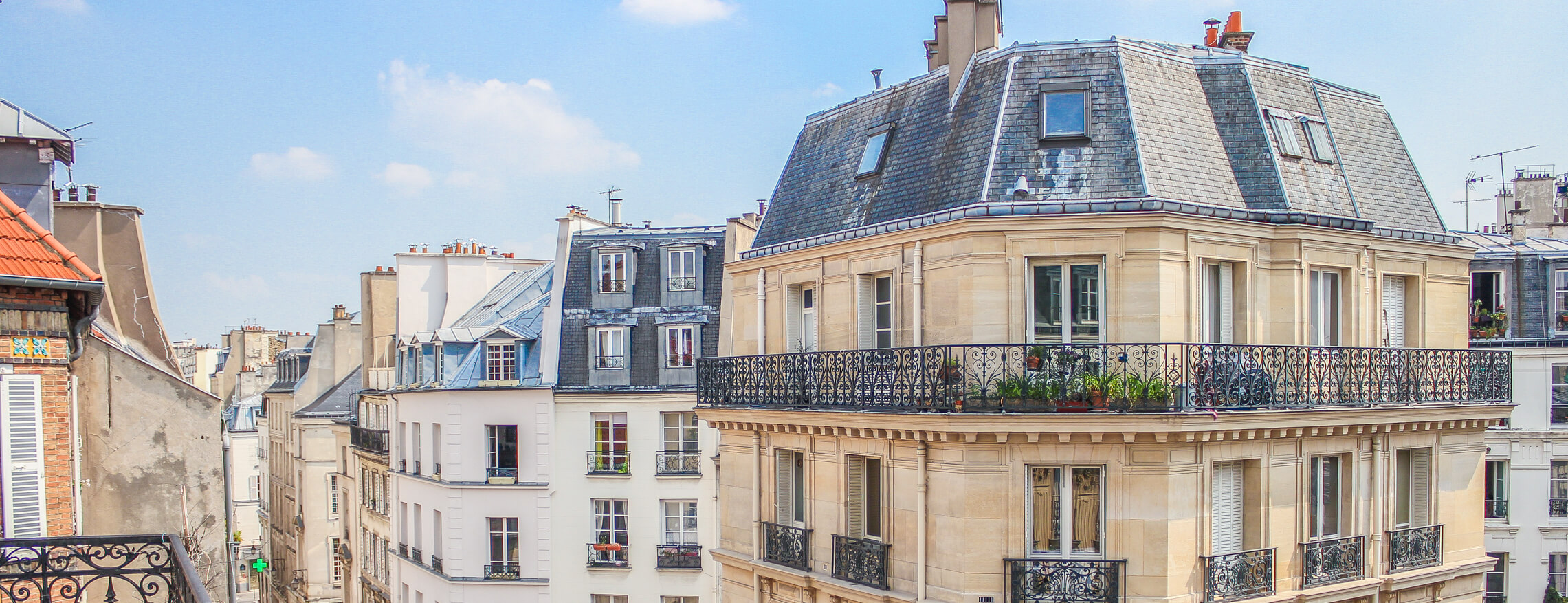Before the arrival of the Templars, the 3rd arrondissement was an uninhabitable marshland where only an abbey (St-Martin des Champs) had dared to settle. Thanks to their wealth from the Crusades, the Knights Templar built a fortified “little town” by purchasing a large amount of land, which they then cultivated before enclosing the whole area: this was the temple enclosure. It wasn’t until Charles V (14th century) that the 3rd arrondissement became part of Paris and began to develop. Charles V wished to settle at the Hôtel Saint-Paul, which obliged him to extend the fortifications of Paris eastwards, including the surrounding marshlands.
A period of major urbanization saw the construction of the Hôpital des Enfants Rouges, founded in 1534 (now the Marché des Enfants Rouges), and the creation of the Place Royale (now Place des Vosges) under Henri IV. With the departure of the court to Versailles, the upper middle class moved west (Paris 1), giving a new lease of life to crafts and commerce. Renowned in the 19th and 20th centuries for its garment and leather industries, this period saw the creation of the “Carreau de Temple” (1863), a trading center for Temple merchants and street fripiers.

 Choose an arrondissement
Choose an arrondissement










